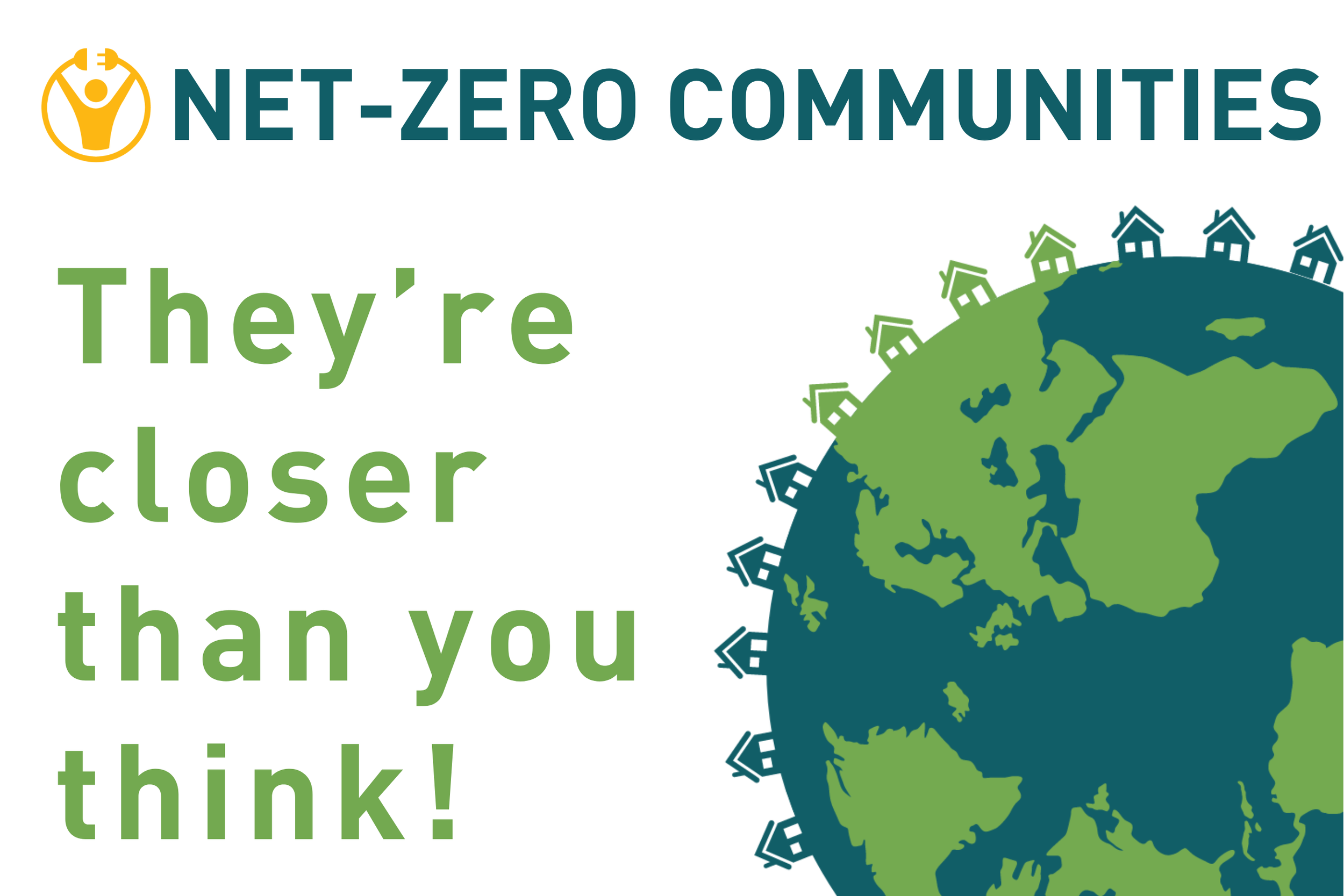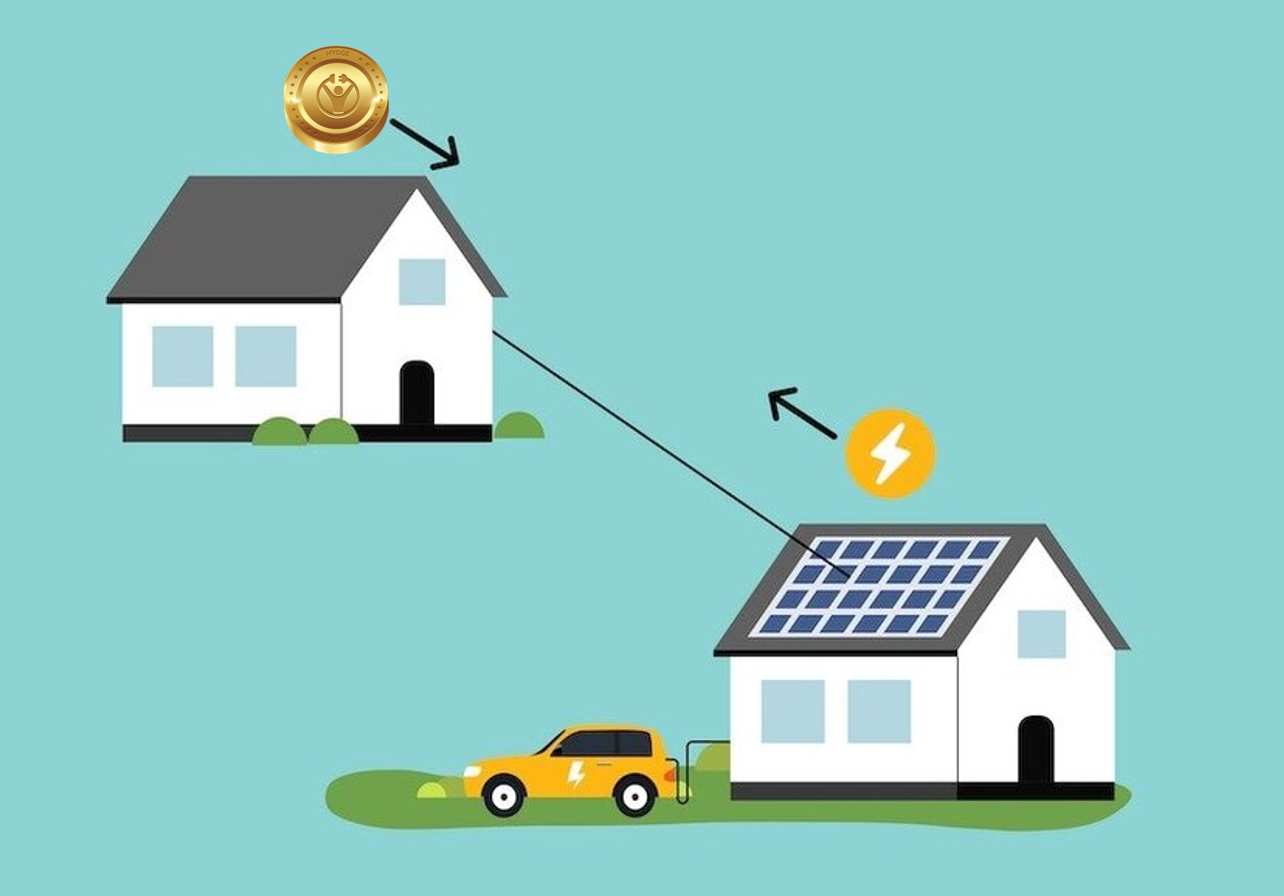Peer-to-Peer Energy Trading Articles
By 2050, climate change is projected to cause an additional 14.5 million deaths and $12.5 trillion in economic losses worldwide (World Economic Forum, 2024). If we continue business as usual, these estimates are only likely to worsen, leading to more frequent and severe natural disasters like hurricanes, wildfires, droughts and floods. To mitigate these catastrophic outcomes, accurate and transparent carbon emissions reporting is crucial. Unfortunately, carbon emissions reporting has lost its credibility due to a pervasive global failure to ensure transparency.
What comes to mind when you think of net-zero communities? For most, the idea conjures an image of a group of like-minded individuals, each willingly embracing change for the greater good. The notion of every sustainability-conscious individual installing solar panels atop their home is a picturesque one, yet it seems to be a far-fetched, perhaps unattainable, global solution. What most people don’t realize, however, is that net-zero communities are closer than we think, and the steps for this transition are completely painless for individual energy consumers. The perfect candidates for the net-zero revolution are small towns anchored by one core functionality.
What is a Carbon Credit Market? One carbon credit (CC) is equal to one tonne of CO₂ emissions. CCs are issued to projects that remove, reduce or avoid emissions. These credits can then be sold to cover the costs of the project. Two types of CC markets exist: compulsory and voluntary. Compulsory markets are regulated by governments or international organizations such as the United Nations Framework Convention on Climate Change (UNFCCC). Voluntary markets are run by independent organizations such as Verra or the Gold Carbon Standard. For credits calculated based on reduced or avoided emissions, the CC quantity is the baseline (business-as-usual) emissions minus the project emissions.
Climate change is a global issue; the adverse effects of air pollution affect our health, lead to extreme weather disasters, and contribute to the destruction of our ecosystem. This news is not new, the climate crisis has been discussed in length for decades. Although we aware of the severity of rising temperatures, we have still seen an increase in the earth’s global temperature of approximately 0.13°C each decade. Industrialized countries, and the people who live within them, have grown accustomed to a specific lifestyle that consists of an abundance of readily available options at the lowest possible price point. Eco-friendly consumption options do not often fit these characteristics and villainizing everyday consumers for not making sustainable decisions pressures people to live outside of their means. Walmart contributed over 17 million metric tons of carbon dioxide equivalent in 2019, and we can see comparable emissions from similar major corporations. However, a low-cost mass production strategy is often the only option for lower income families, especially with the rising cost of living. We can all make small changes, but municipalities and corporations are key to seeing real advancements.
The Confederation of Indian Industry (CII) invited Raj Krishnamurthy, Co-founder and CTO, Hygge Energy, to speak at their 12th GreenCo Summit on July 13, 2023
In his talk, Raj shed light on the carbon market, which is currently valued at 1 trillion dollars and is growing at a CAGR of 18.23%. However, before we go any further, there is a need to engage with all the stakeholders involved and simplify participation to encourage involvement from all industry members.
In this interview with Electrical and Power Review (EPR) Magazine, Hygge Energy CEO Prateek Saxena reveals how to realize the potential of solar energy from a practicable and tactical perspective.
Prateek elaborates on solutions to the following challenges for achieving PM Modi's commendable "One Sun One World One Grid" initiative:
1. Massive costs of achieving net-zero for countries: $2 trillion per year till 2030
2. Energy poverty: utilizing renewable energy as a solution
3. Technical and business model challenges: from Hygge's experiences implementing projects
Nigeria has one of the lowest GDP per capita in the world despite its abundance of natural resources. With a stable and affordable power supply through the use of renewable energy sources, some of the positive impact it could have on GDP is: Reduction in Cost of Production, Increased Business Activities, Increase in Foreign Direct Investments (FDI), Reduction in Unemployment, Reduction of Inflation, and an Additional Income Source.
Nigeria has an abundance of natural resources to generate renewable energy, yet almost half of the country lives without electricity. Fossil fuels account for 86% of Nigeria's energy generation,
Hygge can help by provide reliable energy through its energy trading platform while ensuring efficient use through redistribution to households, businesses, and communities that need solar power.














